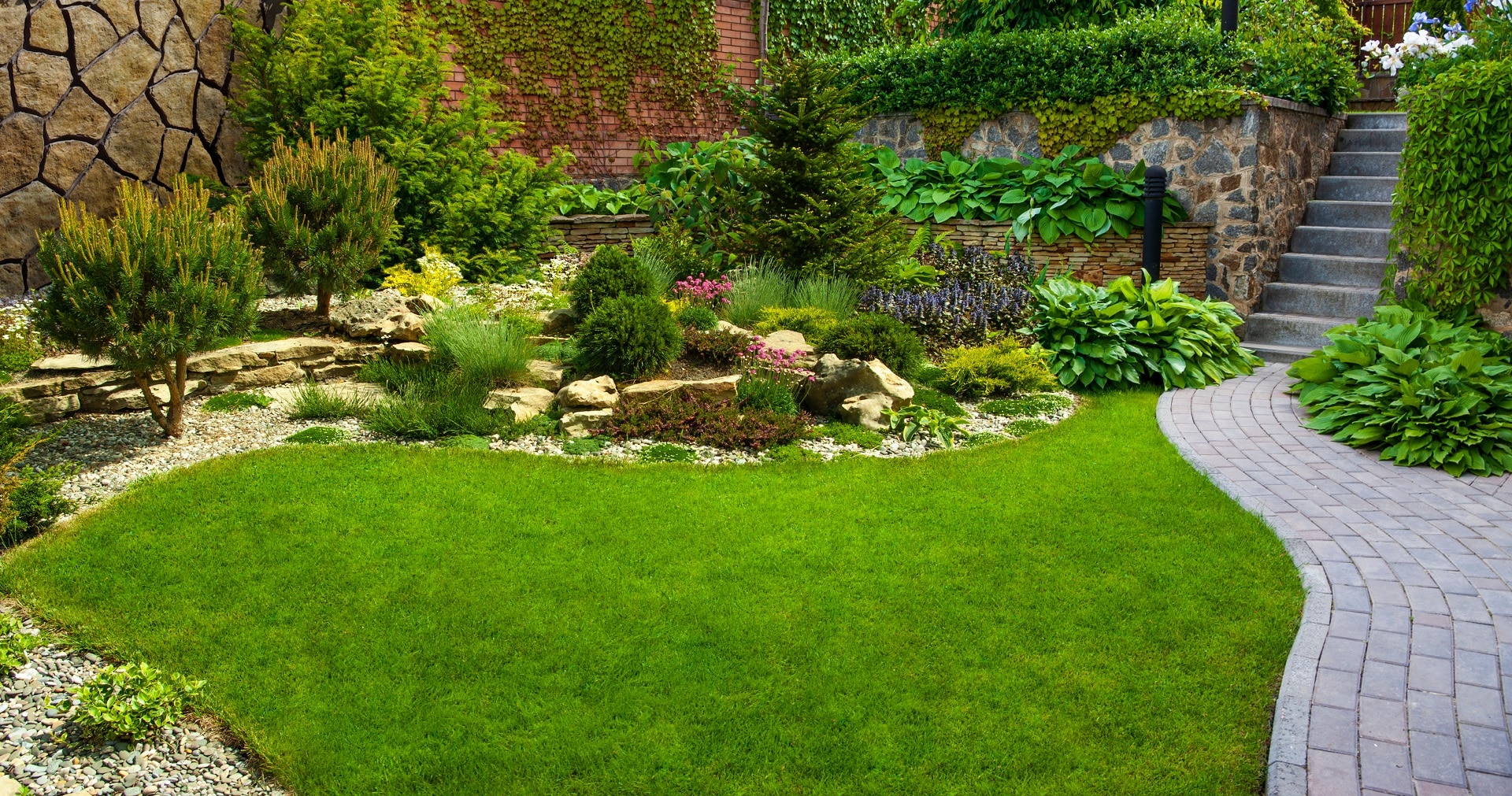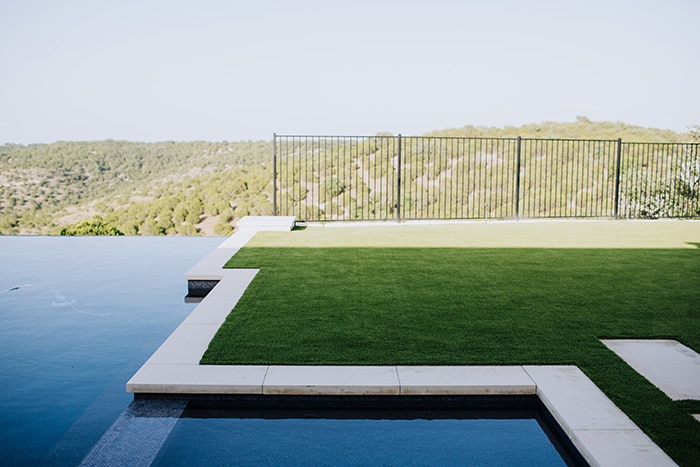What Is Artificial Turf Made Of?


When it comes to lawn care, nothing beats artificial turf. Many people have traditionalist feelings about natural-grass lawns, but the truth is that turf is easier to manage. It doesn’t die when the seasons change. It saves tons on water and maintenance bills. It’s also more environmentally friendly than grass. There are a lot of reasons to go with turf, and understanding why is important in making a good decision when you start shopping.
Artificial turf has several layers and components, and when you know how turf is made, you can really see the advantages turf has over natural grass. Let’s look at the composition of each layer to highlight the strengths and value of choosing turf.
The Grass Blades
The grass blades of the turf are the most visible part. It’s what you will interact with, and because of that, it is what most people care about the most. Grass blades can be manufactured in a number of ways. They are primarily made from one of two materials: polyethylene and nylon. Each has its strengths and weaknesses, and each can make quality, sustainable, durable artificial turf.
Polyethylene
For those of you who don’t have chemistry degrees, this is the core component of most common plastics. Anything that needs to be waterproof probably has a layer of polyethylene. It’s a common material for artificial grass blades for a couple of reasons. It is tough. It’s impervious to rain. It also does not fade easily in UV sunlight.
One of the perks of polyethylene is that it can be derived entirely from recycled plastics, making it a solid option for the environmentally conscious.
Nylon
Nylon tends to be the material of choice for higher-end turf. Like polyethylene, nylon is impervious to most weather. It doesn’t fade in the sunlight, and it lasts a very long time. The advantage that nylon holds over polyethylene is in feel. Nylon grass blades feel a lot more like the real thing than the plastic alternative. The cost of that feel is that nylon blades are more expensive to manufacture than their polyethylene counterparts.
Nylon can also be made from recycled materials. No matter how your artificial grass is made, it can be part of a sustainable process.
Thatch
The thatch is the layer beneath the grass blades. It adds support and cushioning to the turf, and it is responsible for the tactile texture of the turf. The way the ground feels underfoot largely relies on the thatch layer.
The most common material you’ll find for the thatch is polypropylene. Once again, recycled plastics come to save the day. The thatch layer can be made of large amounts of crushed, recycled plastics. When turf manufacturers talk about their products being green or sustainable, most of that comes from how they produce the thatch layer.
Backing
The backing is the part where the blades attach to the ground layer of the turf. It isn’t visible, so its only function is to provide a firm and reliable anchor for the grass. In order to create that secure connection, the backing is almost always made of polyester tie cord. Similar to a carpet, loops are used to attach the blades to the backing. As long as the loops are sufficiently strong, the blades will be attached in a permanent fashion. High winds and years of weather will not pull them free.
Cushioning
The cushioning layer is extremely important. This is what makes the turf soft underfoot. It’s of particular value for turf on sporting fields. A good cushion reduces the risk of injury and makes for a better playing surface.
Regardless of where the turf is installed, the cushioning will be made of a soft material. The most common are polyester foam and rubber. Rubber compounds of many varieties are used in turf. In fact, the most sustainable models will use recycled tires and repurpose that rubber to create the cushion layer.
Those are the primary layers of artificial turf. Each layer can be made from recycled materials, which is always a good thing. Each layer is also made from extremely durable substances. This is why artificial turf can last so long even though it requires barely any maintenance.
If you’re ready to start looking at turf options for your place, have a chat with the good folks at LawnPop. We’ve been making and installing turf for years. We have a great selection, and we can help you get the best turf option that will look and feel great.




